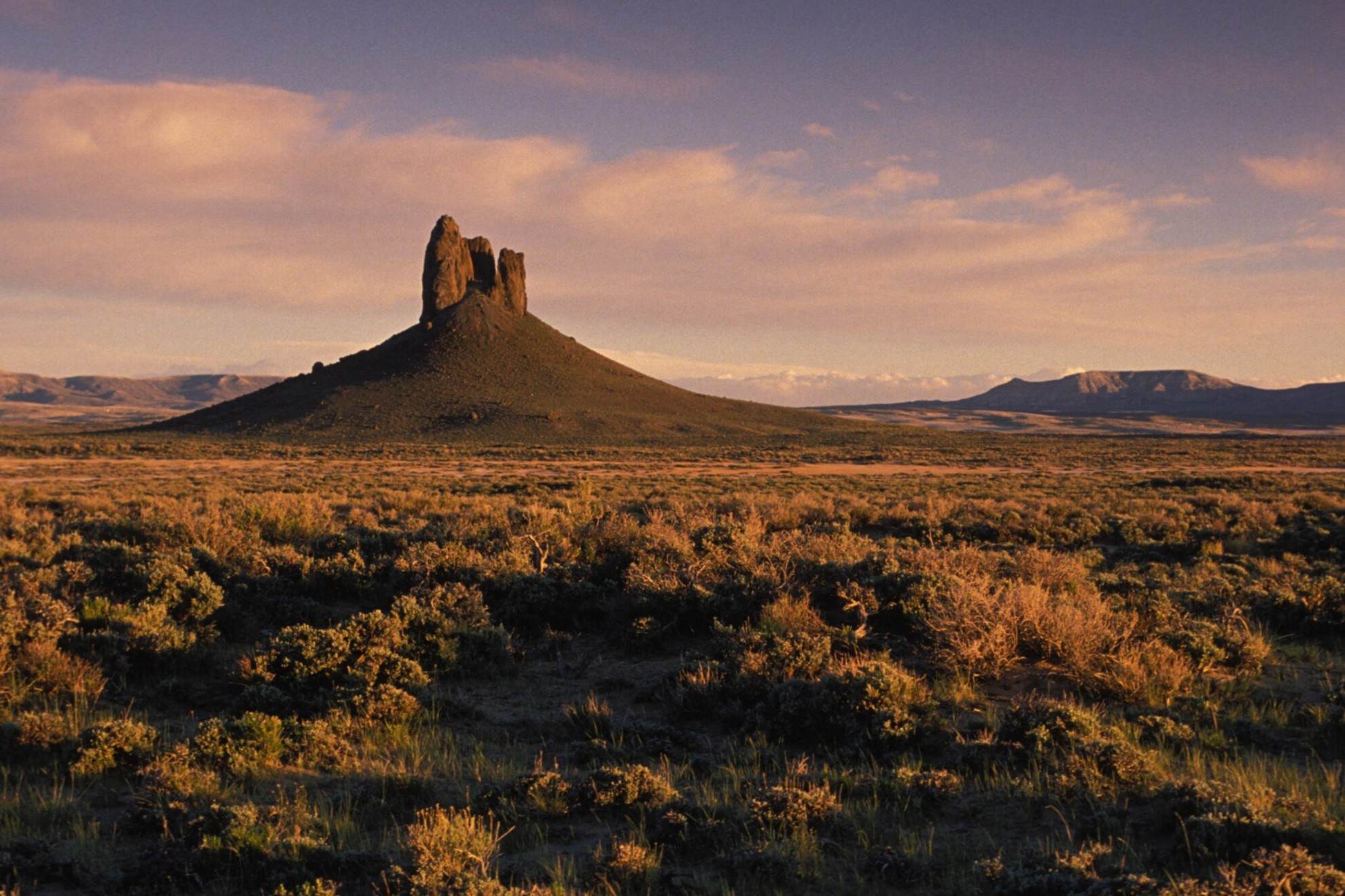Hidden Wildlife Paths In Wyoming’s Red Desert

Have you ever wondered where to find the best wildlife paths in Wyoming's Red Desert? This vast, rugged area is home to some of the most incredible animal trails in the country. From pronghorn antelope to wild horses, the Red Desert offers a unique chance to see these creatures in their natural habitat. Whether you're an avid hiker or just someone who loves nature, exploring these paths can be a thrilling adventure. With its stunning landscapes and diverse wildlife, the Red Desert is a hidden gem waiting to be discovered. Ready to lace up your boots and hit the trails? Let's dive into the best spots to see wildlife in this amazing desert.
Discovering Wyoming's Red Desert
Wyoming's Red Desert is a vast, rugged landscape teeming with hidden wildlife paths. This unique area offers a glimpse into the lives of animals that call it home. Let's explore some of the best spots to witness these hidden paths.
1. Adobe Town
Adobe Town, with its striking rock formations, is a haven for wildlife. The area is known for its wild horses, pronghorns, and mule deer. Keep an eye out for:
- Wild Horse Trails: These paths are often marked by hoof prints and lead to water sources.
- Pronghorn Pathways: Look for narrow trails through the sagebrush where pronghorns travel.
- Mule Deer Routes: These can be found near the base of rock formations where deer seek shelter.
2. Killpecker Sand Dunes
The Killpecker Sand Dunes are the largest active sand dunes in North America. This unique environment supports a variety of wildlife. Here, you might find:
- Fox Tracks: Small, delicate prints in the sand, often near burrows.
- Coyote Trails: Larger prints that crisscross the dunes, especially at dawn or dusk.
- Bird Paths: Look for small, hopping tracks from birds searching for insects.
3. Steamboat Mountain
Steamboat Mountain offers panoramic views and is a prime spot for observing wildlife. The mountain's diverse habitats attract many species. Look for:
- Elk Trails: These large animals leave well-worn paths through the forested areas.
- Bighorn Sheep Routes: Found on rocky outcrops where these agile climbers navigate.
- Mountain Lion Tracks: Rare but possible, these tracks are usually found near prey trails.
4. Honeycomb Buttes
Honeycomb Buttes is a lesser-known area with fascinating geological features and abundant wildlife. This remote spot is perfect for spotting:
- Rabbit Runs: Small, well-trodden paths through the brush.
- Badger Digs: Look for disturbed earth where badgers have been hunting.
- Bird of Prey Perches: High vantage points where hawks and eagles survey the land.
5. Green River Basin
The Green River Basin is a critical habitat for many species, offering a mix of wetlands and dry areas. Wildlife paths here include:
- Beaver Trails: Near water sources, look for paths leading to lodges and dams.
- Moose Tracks: Large, deep prints often found near water or in marshy areas.
- Waterfowl Paths: Trails through reeds and grasses where ducks and geese nest.
6. Ferris Mountains
The Ferris Mountains provide a rugged backdrop for wildlife watching. The diverse terrain supports a variety of species. Key paths to watch for:
- Bear Trails: Look for large prints and claw marks on trees.
- Deer Paths: Common in the lower elevations where food is plentiful.
- Bobcat Tracks: Smaller than mountain lions, these tracks are often found near rocky areas.
7. Red Desert Basin
The Red Desert Basin is a vast, open area with a surprising amount of wildlife activity. Paths to explore include:
- Antelope Trails: These fast-moving animals leave distinct, narrow paths.
- Snake Tracks: Look for winding trails in sandy areas.
- Rodent Runs: Small, well-worn paths through the grass where mice and voles travel.
8. Continental Peak
Continental Peak offers a mix of high-altitude and lowland habitats, making it a hotspot for wildlife. Paths to follow here:
- Wolf Tracks: Rare but possible, these large prints are usually found in packs.
- Pika Paths: Small, rocky trails where these tiny mammals gather food.
- Eagle Perches: High, rocky outcrops where eagles nest and hunt.
9. Boar's Tusk
Boar's Tusk is a prominent volcanic rock formation that attracts various wildlife. The area around it is rich with paths, including:
- Rattlesnake Trails: Look for serpentine tracks in the sandy soil.
- Lizard Paths: Small, quick-moving tracks near rocks and crevices.
- Hawk Hunting Grounds: Open areas where hawks swoop down on prey.
10. Great Divide Basin
The Great Divide Basin is a unique area where water doesn't drain to any ocean. This isolated spot is home to:
- Jackrabbit Trails: Long, straight paths where these fast runners travel.
- Coyote Tracks: Common in this area, look for prints near prey trails.
- Owl Perches: High trees or rock formations where owls hunt at night.
Discovering Wyoming's Hidden Wildlife Paths
Wyoming's Red Desert offers a unique experience for nature lovers. The hidden wildlife paths reveal the beauty and diversity of this vast landscape. Exploring these trails, you can witness pronghorn antelope, wild horses, and various bird species in their natural habitat. The untouched beauty of the Red Desert provides a serene escape from daily life.
Planning a trip to this area requires preparation. Bring proper gear, plenty of water, and a good map. Respect the environment by staying on marked trails and leaving no trace. This ensures the preservation of the desert's fragile ecosystem.
Whether you're an avid hiker or a casual observer, the Red Desert's hidden wildlife paths promise an unforgettable adventure. Embrace the opportunity to connect with nature and discover the wonders of Wyoming's lesser-known treasures.

